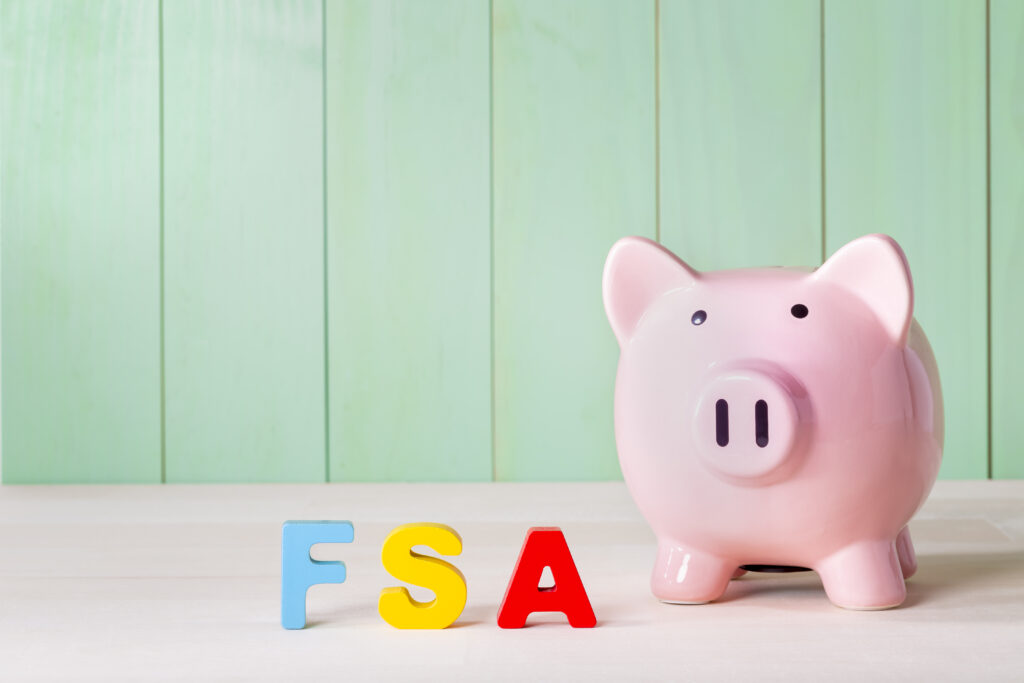
In the realm of personal finance and healthcare, few resources are as beneficial yet underutilized as Flexible Spending Accounts (FSAs). Whether you’re navigating open enrollment season or considering your benefits package at a new job, understanding FSAs can significantly impact your financial and physical well-being. Let’s dive deep into the world of FSAs, unraveling the complexities to ensure you’re fully equipped to maximize your benefits.
What is an FSA?
At its core, an FSA is a special account you put money into that you use to pay for certain out-of-pocket health care costs. Money from this account is deducted from your salary before taxes are applied, meaning you save an amount equivalent to the taxes you would have paid on the money you set aside. Employers may also contribute to your FSA, but the key attraction here is the tax advantage.
Types of FSAs
Healthcare FSA: The most common type, used for medical, dental, and vision expenses. This includes deductibles, copayments, but not insurance premiums.
Dependent Care FSA: Designed for costs related to the care of dependents while you work, such as daycare, preschool, before or after school programs, and summer day camp.
Limited Purpose FSA: Often available to those who are also enrolled in a Health Savings Account (HSA), this FSA is strictly for vision and dental care expenses.
How Do FSAs Work?
You decide how much money to put in an FSA, up to a limit set by the IRS. For 2023, the limit is $2,850 for a healthcare FSA. Your employer may offer to contribute as well, but this is not a requirement. The entire amount you decide to contribute annually is available from the first day of the plan year, creating an instant buffer for healthcare costs.
Using Your FSA Funds
Spending your FSA funds is relatively straightforward. Many FSAs issue debit cards for easy payment directly from your account. Alternatively, you can pay out-of-pocket and seek reimbursement. Just remember to keep all receipts for eligible expenses; your FSA administrator may request them for verification.
Eligible Expenses
The list of FSA-eligible expenses is extensive, including but not limited to:
- Prescription medications
- Doctor’s office copays
- Dental treatments (cleanings, fillings, crowns)
- Eyeglasses, contact lenses, and related items
- First aid supplies
- Certain over-the-counter medications with a doctor’s prescription
For a comprehensive list, the IRS provides guidelines on what is considered an eligible expense under FSA rules.
The “Use-It-Or-Lose-It” Rule
Perhaps the most crucial aspect to understand about FSAs is the “use-it-or-lose-it” rule. Any funds you don’t use by the end of the plan year (plus any grace period or carryover your plan allows) are forfeited. This makes planning essential. Some employers offer a grace period of up to 2 ½ extra months to use the funds, or they may allow you to carry over up to $570 to the next year. Check with your employer to see what options are available.
Planning Your Contributions
To avoid losing money, estimate your medical costs for the year as accurately as possible before deciding on your FSA contribution. Consider regular prescriptions, planned medical procedures, ongoing treatments, and potential dental or vision expenses. It’s better to be conservative and use all your funds than to overestimate and forfeit money at the end of the year.
Advantages of FSAs
Tax Savings: The most apparent benefit of an FSA is the tax advantage. Contributions are pre-tax, reducing your taxable income.
Immediate Availability: Unlike an HSA, your elected FSA contribution is available in full at the beginning of the plan year, providing immediate access to funds for early-year medical expenses.
Flexibility: FSAs can cover a wide range of health-related expenses, providing flexibility in how you manage your healthcare spending.
Considerations Before Enrolling
Employment Changes: If you leave your job, you generally lose access to your FSA, unless you qualify to continue benefits under COBRA.
Health Plan Changes: Switching to a high-deductible health plan might make you ineligible for a healthcare FSA, pushing you towards an HSA instead.
Financial Planning: Carefully consider your expected medical expenses and your financial situation. While FSAs offer tax advantages, poor planning can lead to forfeited funds.
Getting the Most Out of Your FSA
Stay Informed: Regularly check your FSA balance and review your plan’s list of eligible expenses. Being informed helps you make the most of your FSA dollars.
Plan Ahead: Schedule annual check-ups, eye exams, dental cleanings, and any elective procedures early in the year to ensure you use your funds.
Keep Good Records: Save all receipts and documentation related to FSA expenditures. You’ll need these for reimbursement and to verify eligible expenses if audited.
Flexible Spending Accounts offer a fantastic way to save money on healthcare and dependent care expenses, but they require careful planning and management. By understanding how FSAs work, what expenses are eligible, and how to effectively use your funds, you can maximize your savings and minimize stress. As with any financial decision, take the time to assess your needs, ask questions, and plan accordingly to ensure that your FSA works for you, not against you.
Remember, knowledge is power, especially when it comes to navigating the complexities of healthcare financing. An FSA isn’t just a benefit; it’s a strategic tool that, when used wisely, can enhance your financial well-being and your health. Here’s to making informed choices and getting the most out of your healthcare dollars!
Unlock Full Article
Watch a quick video to get instant access.









